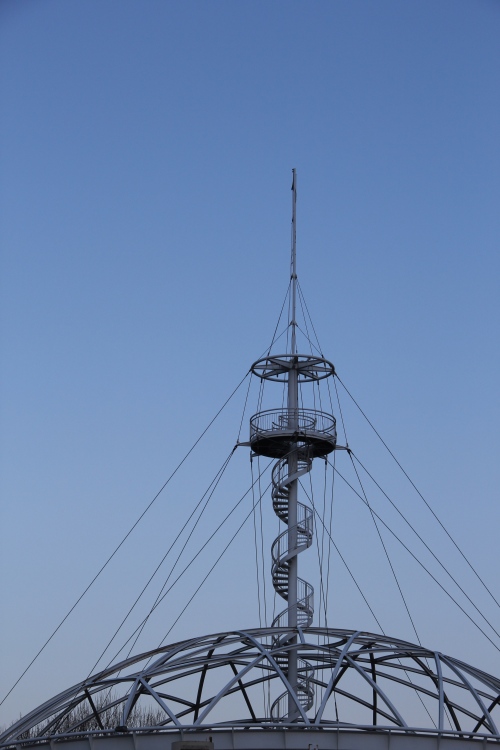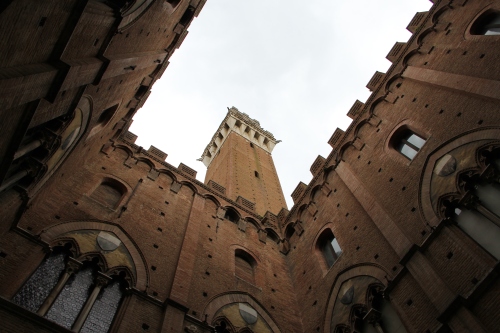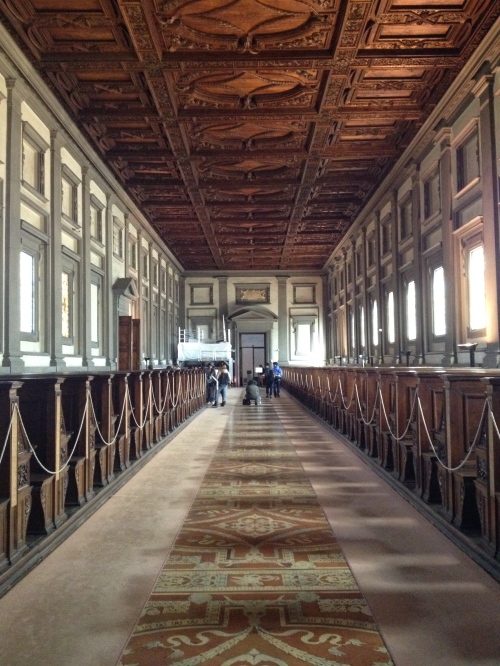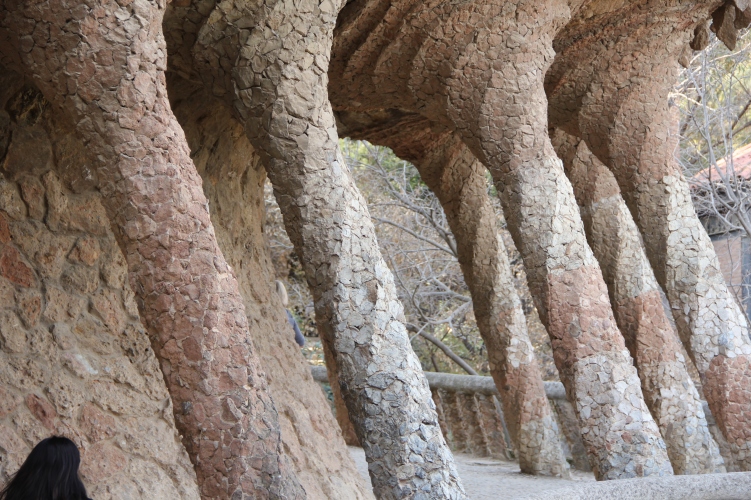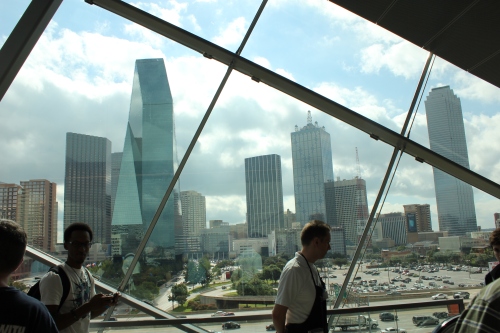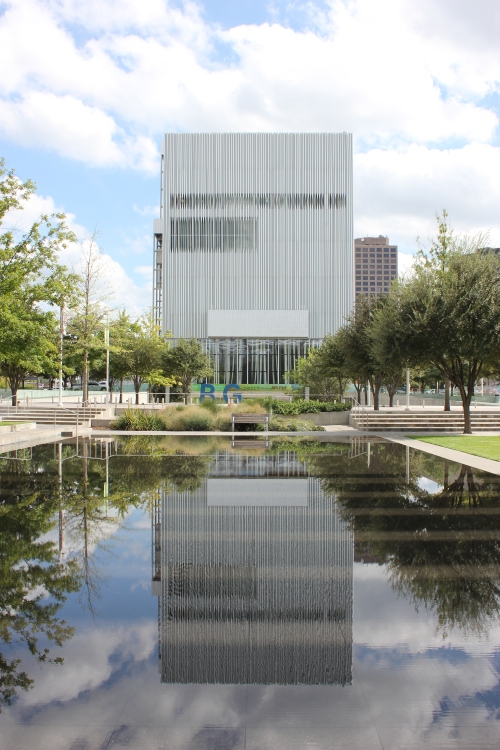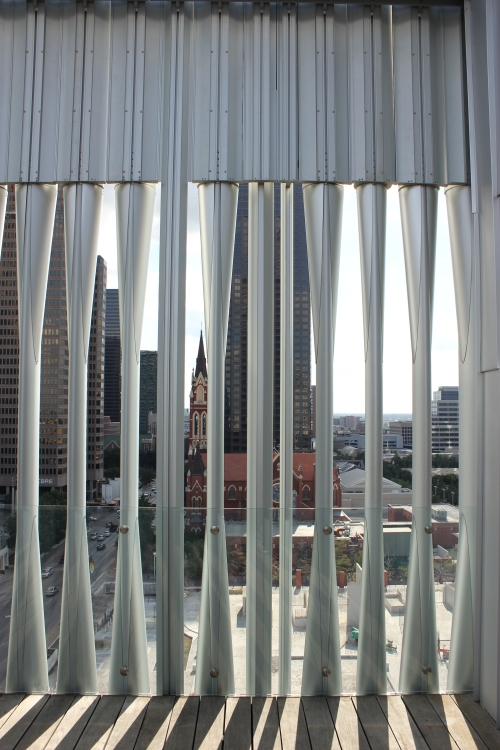Visiones de una Ciudad Renovada // Visions of a Renewed City
I penned this essay for a scholarship application which asked us to take a stance on key issues in our society that architects today must deal with. I didn’t have to look very far, as San Antonio has a multitude of urban planning issues it faces in the upcoming future…
“To position itself as a world class city that respects its past while looking to the future, San Antonio must come up with a long term vision for the best use of buildings that stand vacant, including those with a historical designation. San Antonio needs to achieve a thoughtful balance of existing buildings and new complementary buildings. Despite calls for new skyscrapers and development, city officials and architects would do well to instead come up with a plan to revitalize what is already here, as a vital part of a long term plan. Reinvigorating long neglected historical buildings will also help to alleviate the pressing issue of excess building vacancies in the downtown area.
With renewed interest in a thriving city center counterbalancing San Antonio’s long-time urban sprawl, the time is ripe for refocusing on the downtown infrastructure. And with land resources on the path to exhaustion as a result of the introduction of major highways and a culture centered around personal vehicular transport, what was once a blank canvas is now nearly completely filled in.
For a prime example of this issue, look to the immediate environment surrounding the UTSA downtown campus. While the campus is an active and lively space, one simply has to walk one block in any direction in order to come across numerous vacant and neglected buildings that are deemed historical by the San Antonio Conservation Society. This is not a unique situation in our city. Countless other examples similar to this are seen frequently within the downtown corridor. With the red tape that surrounds the development of these buildings, it is plain to see why many developers would prefer the easier route. Yet, redevelopment can actually strengthen the local community. By gaining an understanding of the problems associated with these buildings, an architect can formulate solutions to repurpose a building to fit changing societal and community needs. The surrounding community witnesses not a tearing down and starting all over process, but a respectful one in which a building that is already part of the community is thoughtfully renovated to increase community utility.
To look for precedents in adaptive reuse at such a large scale, we can look to San Francisco, California. One of the main tourist attractions and first examples of en masse repurposing is the Ghirardelli Factory Square. Once a bustling area that produced chocolate, landscape architect Lawrence Halprin recognized the inherent potential of the abandoned buildings and sought to humanize them in order to relate to everyday people. By reanimating the existing buildings, he successfully instilled a new sense of purpose. Today, it is one of the premier attractions in the city.
Similarly, San Antonio is in a unique position to preserve its historical buildings while simultaneously repurposing them to fit changing needs. Before major changes are made to the city’s skyline, it is important to look at what is already here and work together to use the existing infrastructure as building blocks towards our city’s bright future.”
Even having just written this earlier this year, a whole wide range of new development is taking shape in San Antonio. Frost Bank is currently planning a new skyscraper adjacent to their existing one downtown. One only hopes that it breathes fresh new life into the downtown corridor where beige and tired looking buildings dominate the skyline. San Pedro Creek is being planned into what I dubbed, ‘Riverwalk 2.0″, a more intimate riverwalk experience that caters more to residents of the city who hope to avoid the long strip of bars and hotels that we actively skip around.
San Antonio has a bright future, but it will take the right blend of modern interjections and cultural considerations to fully realize its veiled potential.








